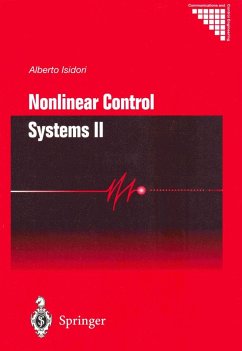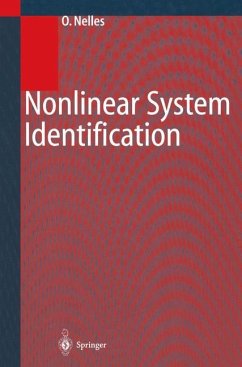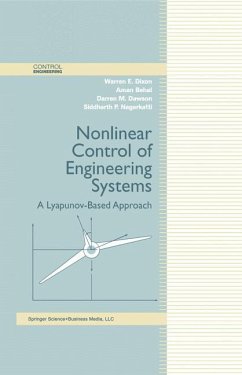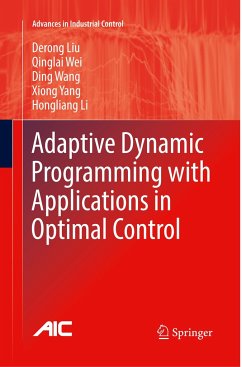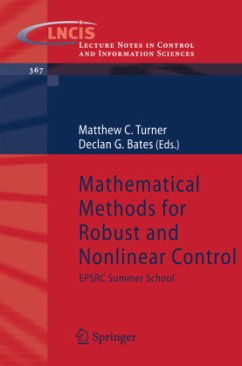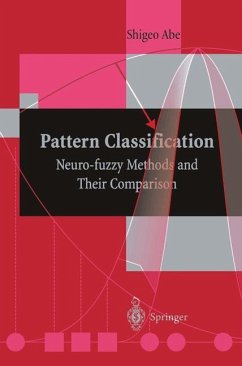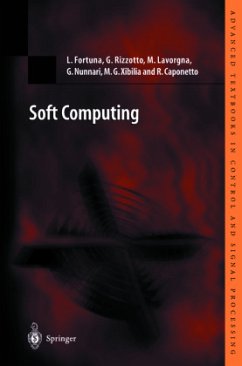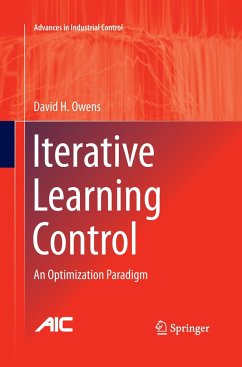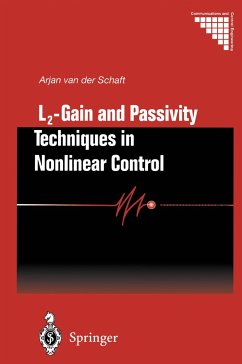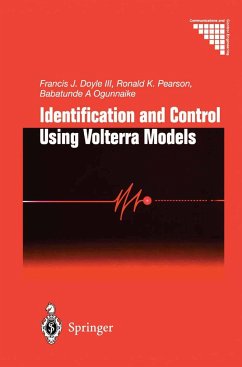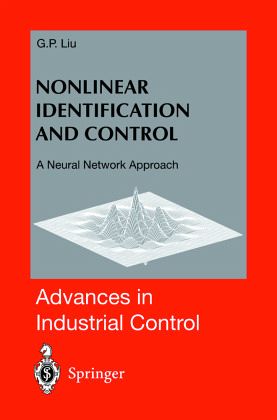
Nonlinear Identification and Control
A Neural Network Approach
Versandkostenfrei!
Versandfertig in 1-2 Wochen
77,99 €
inkl. MwSt.

PAYBACK Punkte
39 °P sammeln!
The purpose of this monograph is to give the broad aspects of nonlinear identification and control using neural networks. It consists of three parts:- an introduction to the fundamental principles of neural networks;- several methods for nonlinear identification using neural networks;- various techniques for nonlinear control using neural networks.A number of simulated and industrial examples are used throughout the monograph to demonstrate the operation of nonlinear identification and control techniques using neural networks. It should be emphasised that the methods and systems of nonlinear control have not progressed as rapidly as those for linear control. Comparatively speaking, at the present time, they are still in the development stage. We believe that the fundamental theory, various design methods and techniques, and several applications of nonlinear identification and control using neural networks that are presented in this monograph will enable the reader to analyse and synthesise nonlinear control systems quantitatively.
The series Advances in Industrial Control aims to report and encourage technology transfer in control engineering. The rapid development of control technology has an impact on all areas of the control discipline. New theory, new controllers, actuators, sensors, new industrial processes, computer methods, new applications, new philosophies . . . , new challenges. Much of this development work resides in industrial reports, feasibility study papers and the reports of advanced collaborative projects. The series otTers an opportunity for researchers to present an extended exposition of such new work in all aspects of industrial control for wider and rapid dissemination. The time for nonlinear control to enter routine application seems to be approaching. Nonlinear control has had a long gestation period but much ofthe past has been concerned with methods that involve formal nonlinear functional model representations. It seems more likely that the breakthough will come through the use of other more flexible and amenable nonlinear system modelling tools. This Advances in Industrial Control monograph by Guoping Liu gives an excellent introduction to the type of new nonlinear system modelling methods currently being developed and used. Neural networks appear prominent in these new modelling directions. The monograph presents a systematic development of this exciting subject. It opens with a useful tutorial introductory chapter on the various tools to be used. In subsequent chapters Doctor Liu leads the reader through identification, and then onto nonlinear control using nonlinear system neural network representations.



